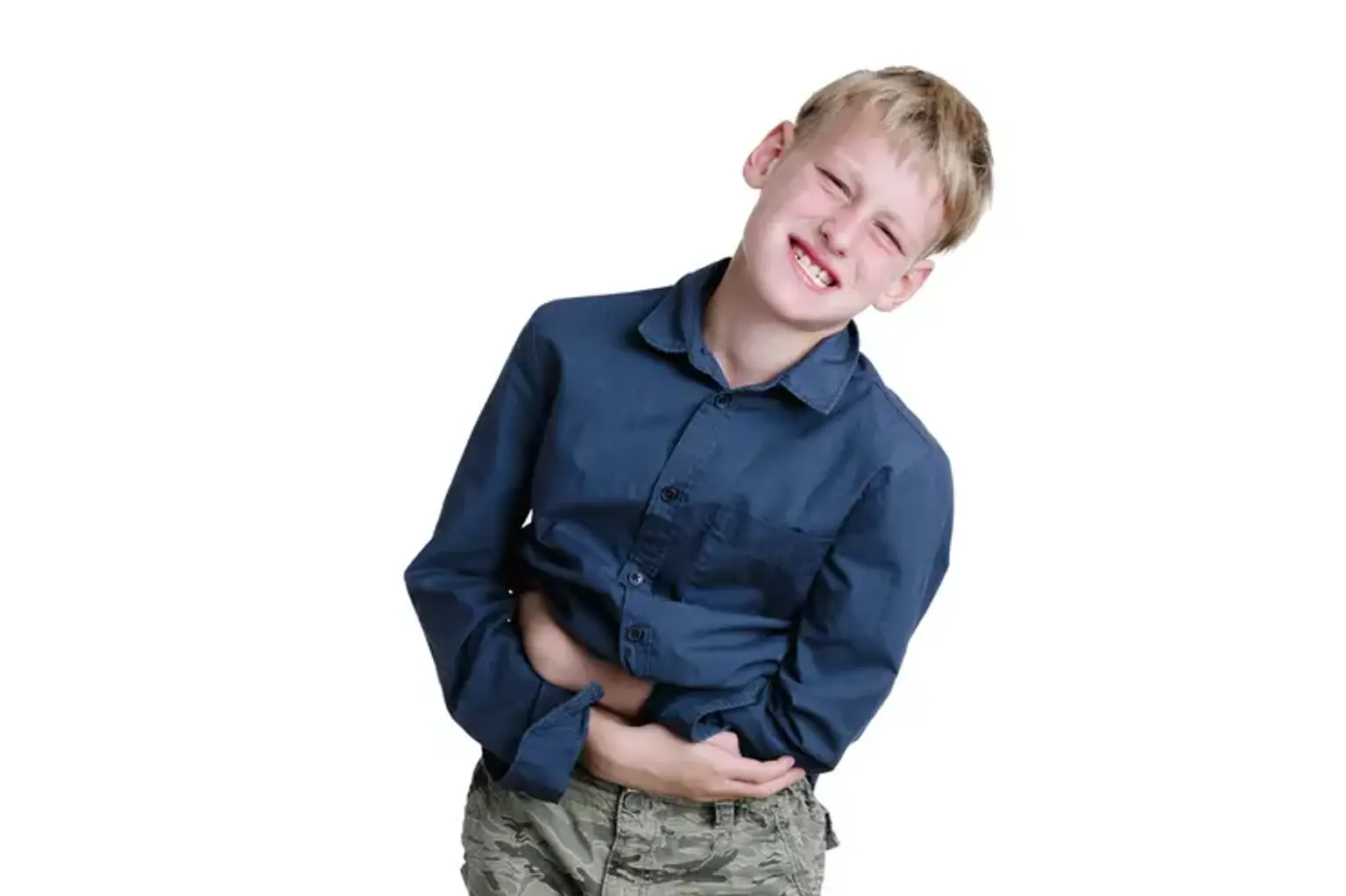Constipation
Overview
Constipation is a typical complaint in the pediatric context. For many children, constipation is functional in origin, coming from a pattern of infrequent or incomplete stool output (ie, inadequate stool evacuation), and involves behavioral issues such as stool withholding. In many cases of functional constipation (FC), the pattern may have begun during or before toilet training in the toddler years and is now well established. Inadequate water and fiber, as well as an overabundance of dairy or carbs, are frequently contributing causes.
Constipation is a sign of an underlying organic disease process in a tiny proportion of instances. Most organic issues may benefit from laboratory investigations and imaging. In the absence of an organic process, FC can be managed by correctly educating families on the nature of FC, as well as paying close attention to dietary fiber and fluid intake, using stool softeners and laxatives, and making behavioral changes.
